AbD Framework + Moves Handout
An easy reference handout of the Agency by Design Framework for Maker-Centered Learning.
The resources here are designed for both educator and learner use of the Agency by Design Framework for Maker-Centered Learning. In this collection you will find three sets of resources. Thinking Routines offer several mini-strategies to encourage active processing and build on learners’ background knowledge. Activities & Practices offer suggestions and guidelines for teaching a variety of maker-centered learning activities. The Documentation and Assessment Tools offer a range of techniques and activities that help learners and educators reflect on thinking and learning and be intentional in their efforts to improve the learning process. All of the tools are designed to help develop the maker capacities of Looking Closely, Exploring Complexity, and Finding Opportunity.
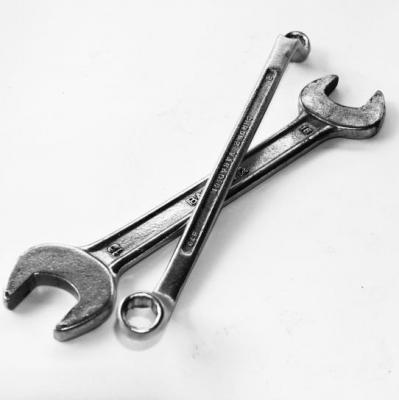
An easy reference handout of the Agency by Design Framework for Maker-Centered Learning.

An easy reference handout of the Agency by Design Framework for Maker-Centered Learning.
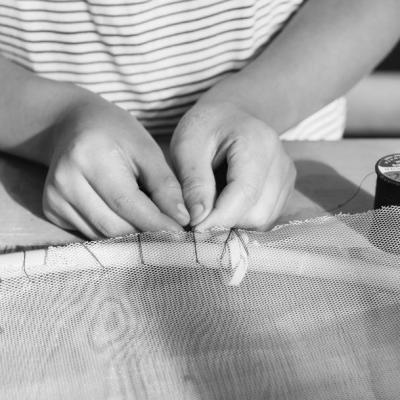
The AbD Making Moves are a set of observable or actionable “moves” that learners and educators can use to help design maker-centered learning experiences, and to support, observe, document, and assess maker-centered learning.
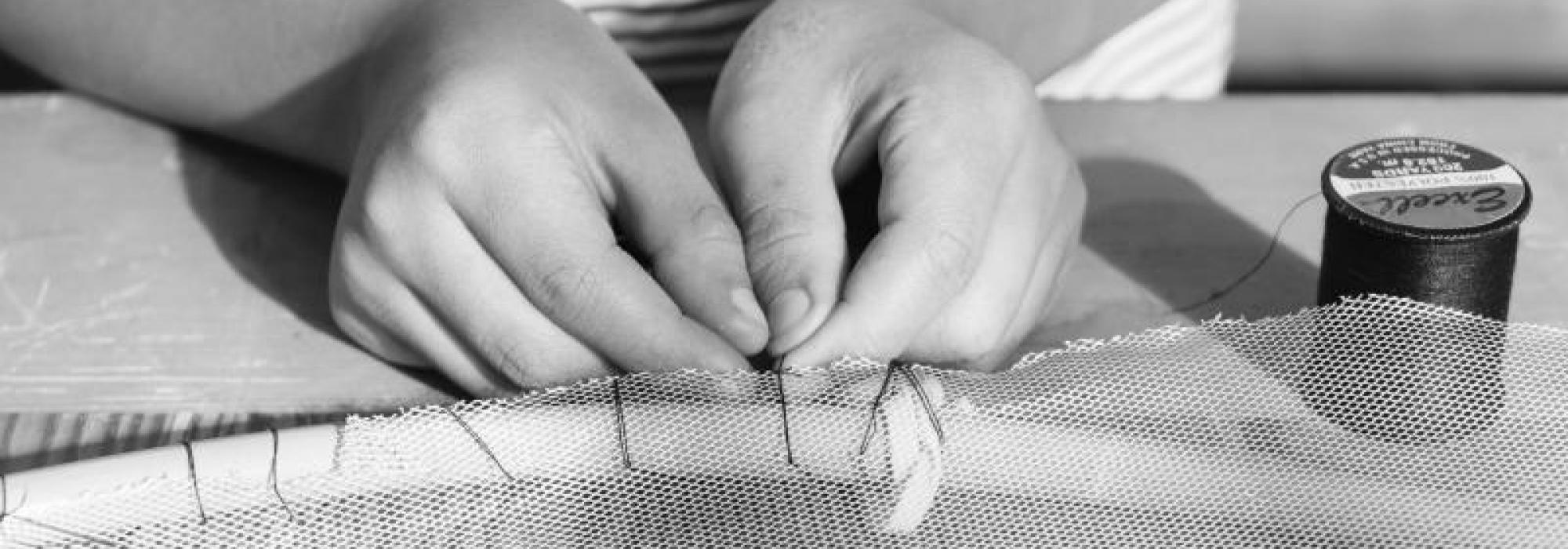
The AbD Making Moves are a set of observable or actionable “moves” that learners and educators can use to help design maker-centered learning experiences, and to support, observe, document, and assess maker-centered learning.
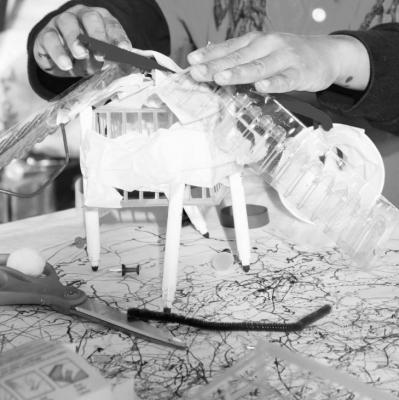
The Inquiry Cycle is a tool to support teacher and student learning—and to make that learning visible—all the while exploring the capacities associated with the Agency by Design framework for maker-centered learning.
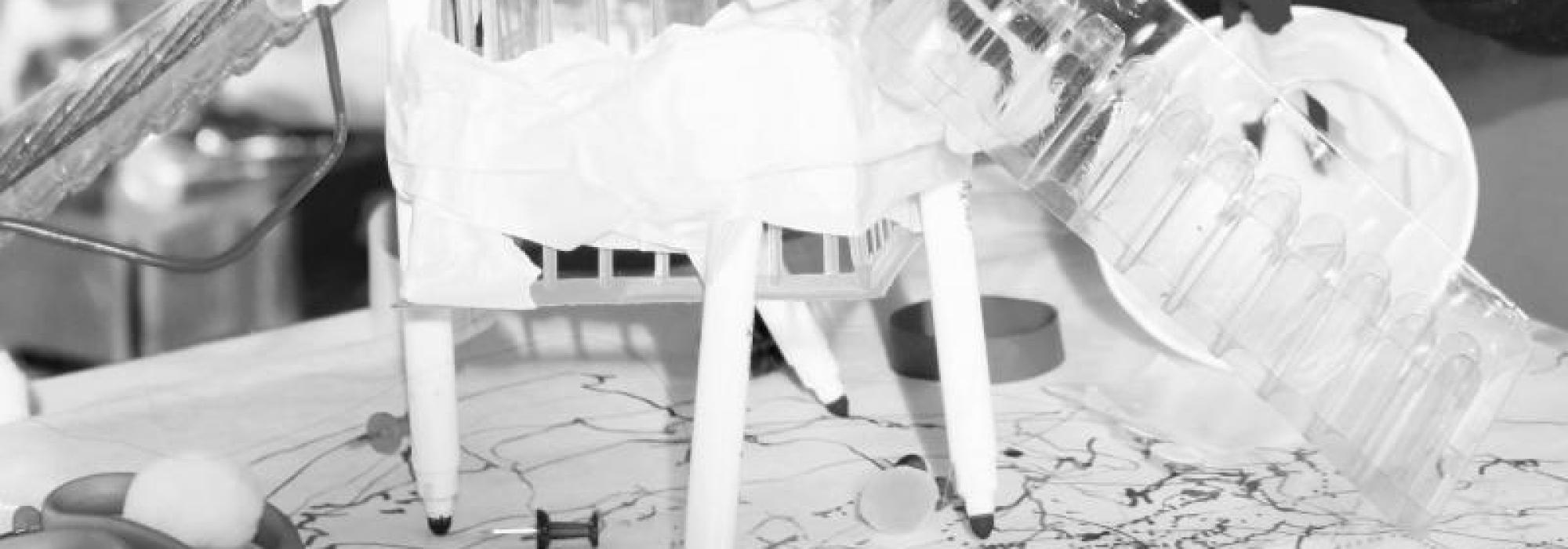
The Inquiry Cycle is a tool to support teacher and student learning—and to make that learning visible—all the while exploring the capacities associated with the Agency by Design framework for maker-centered learning.
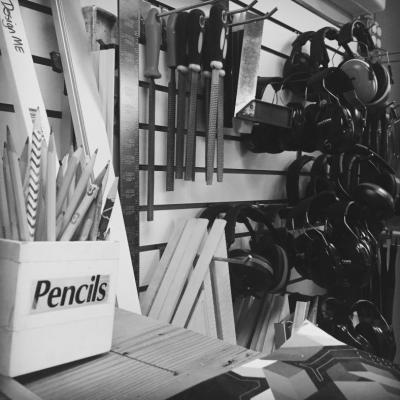
A resource for learners to explore the ways you can use the Agency by Design Framework and Making Moves/Indicators.
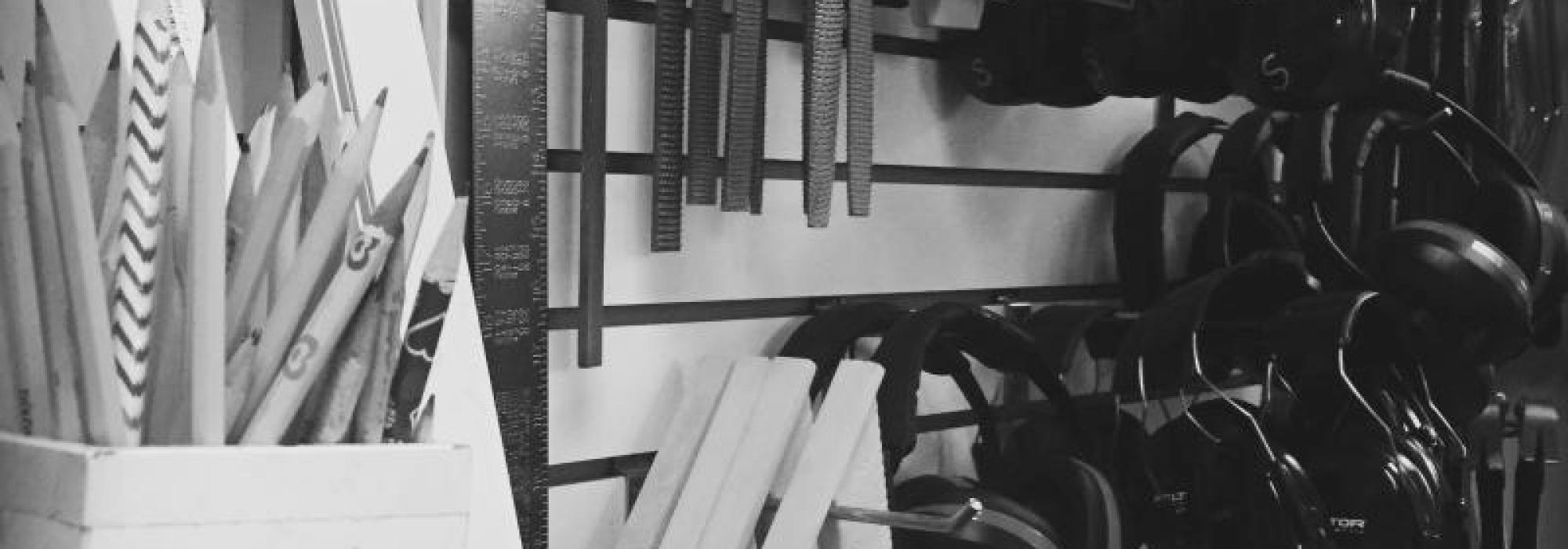
A resource for learners to explore the ways you can use the Agency by Design Framework and Making Moves/Indicators.
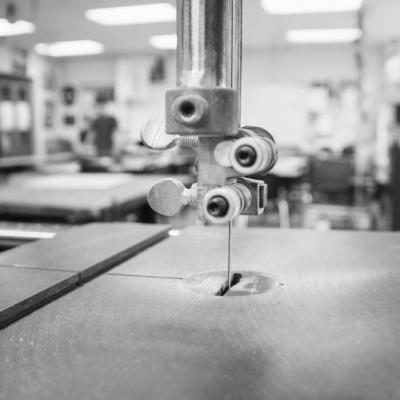
A resource for educators to explore the ways you can use the Agency by Design Framework and Making Moves/Indicators.
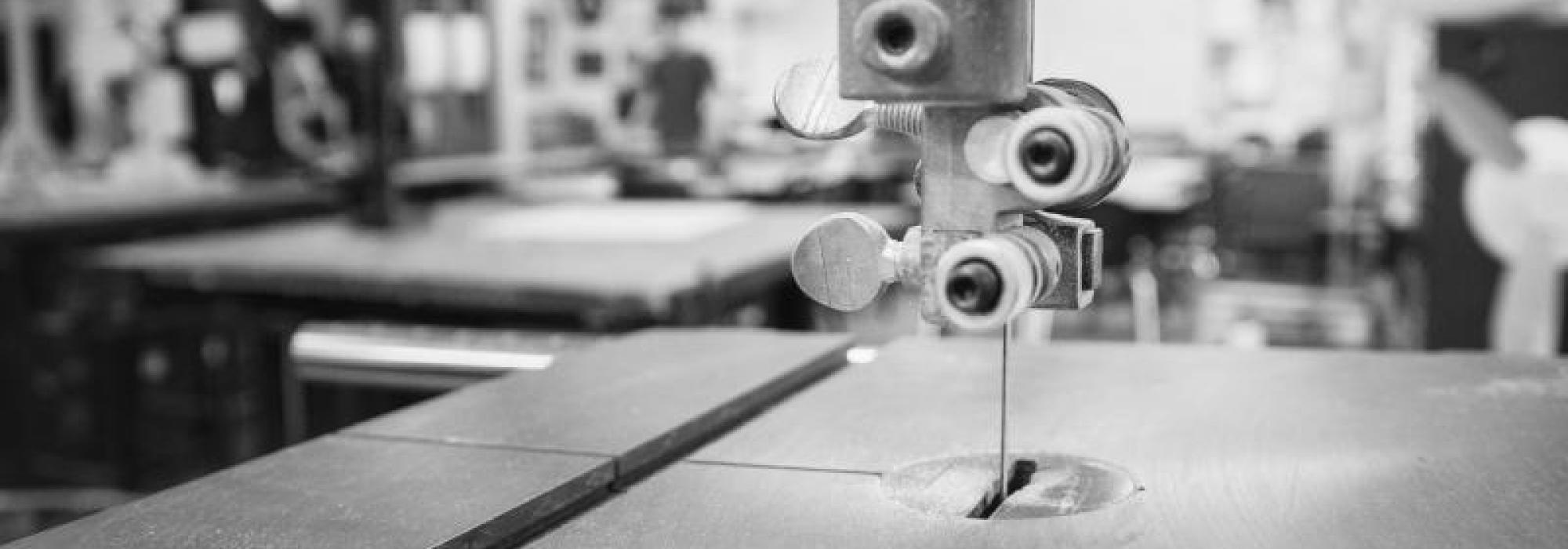
A resource for educators to explore the ways you can use the Agency by Design Framework and Making Moves/Indicators.
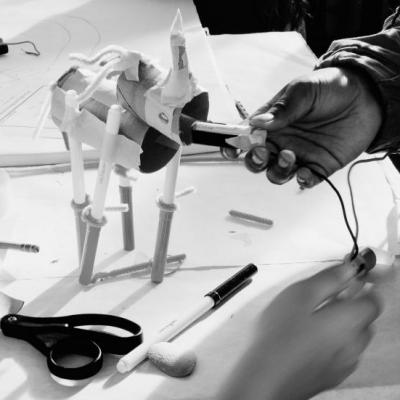
These conversation-starters help learners become sensitive to the presence of the Making Moves in their own and others’ learning. They also help learners have substantive conversations about the Making Moves with their peers.
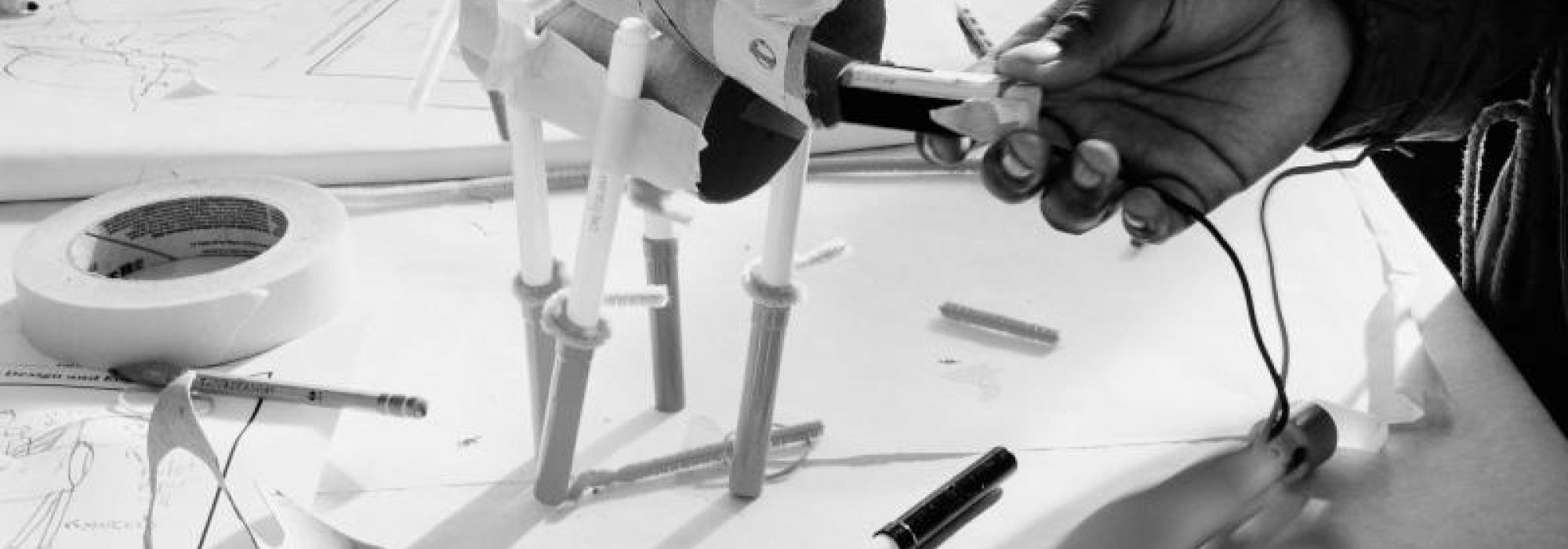
These conversation-starters help learners become sensitive to the presence of the Making Moves in their own and others’ learning. They also help learners have substantive conversations about the Making Moves with their peers.
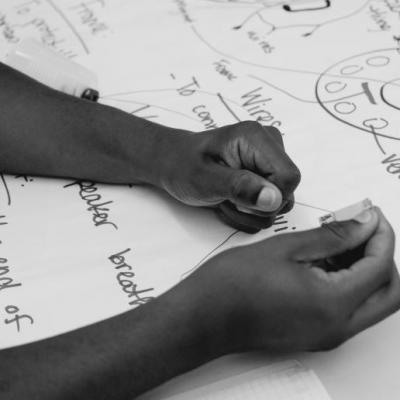
This tool is connected to the Agency by Design Making Moves. The Making Moves identifies three maker capacities that support a sensitivity to design, along with their associated learning moves. Here you’ll find three observation sheets, one for each of the maker capacities: Looking Closely, Exploring Complexity, and Finding Opportunity.<
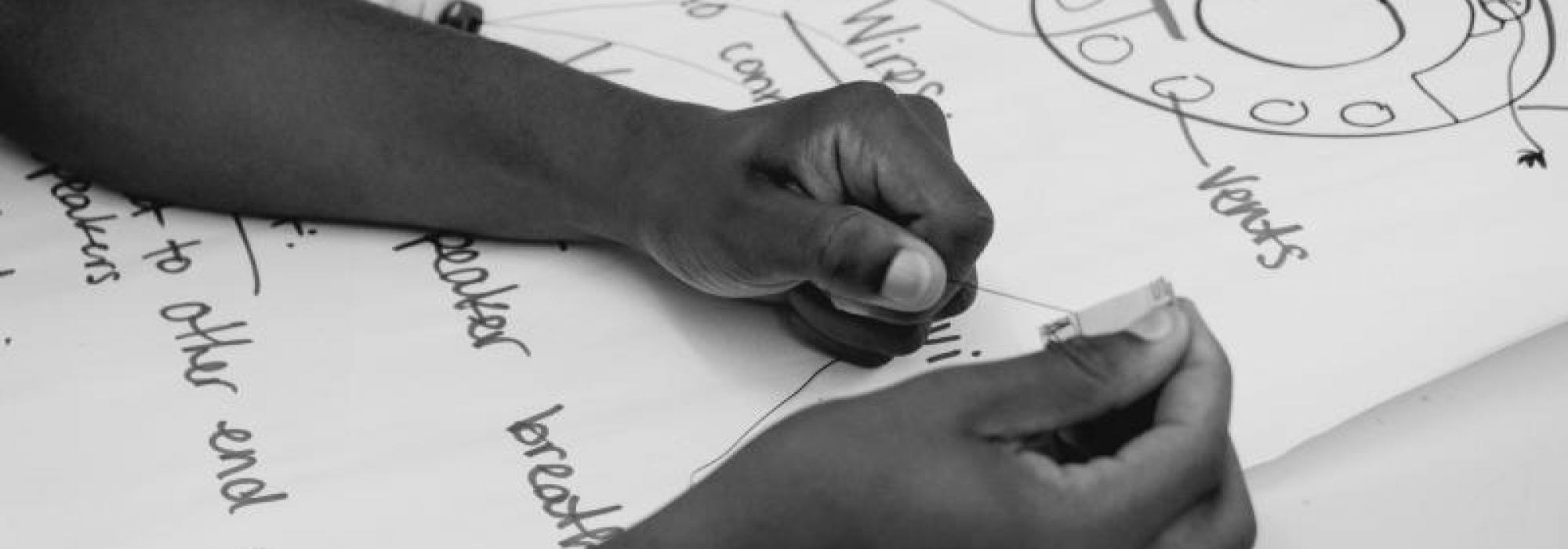
This tool is connected to the Agency by Design Making Moves. The Making Moves identifies three maker capacities that support a sensitivity to design, along with their associated learning moves. Here you’ll find three observation sheets, one for each of the maker capacities: Looking Closely, Exploring Complexity, and Finding Opportunity.<
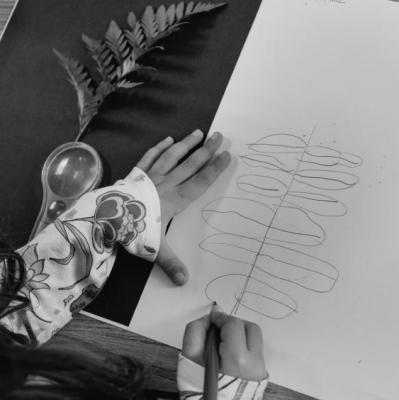
This tool is connected to the Agency by Design Making Moves. The Making Moves identifies three maker capacities that support a sensitivity to design, along with their associated learning moves. Here you’ll find three observation sheets, one for each of the maker capacities: Looking Closely, Exploring Complexity, and Finding Opportunity.<
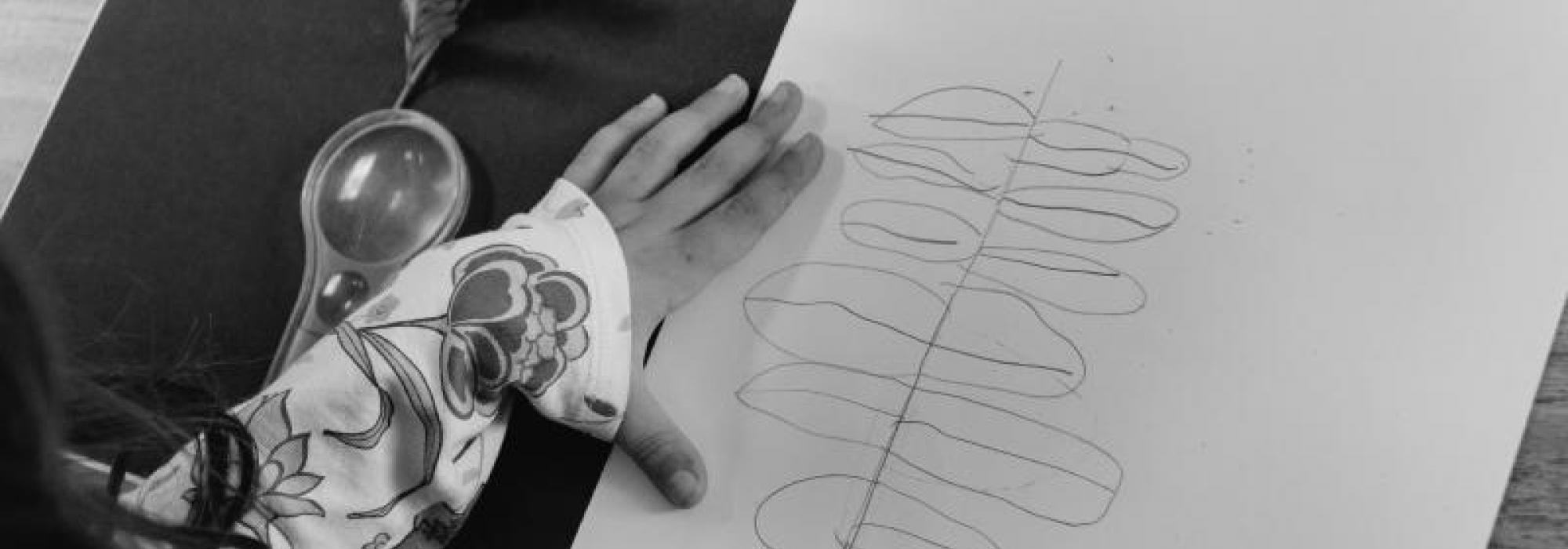
This tool is connected to the Agency by Design Making Moves. The Making Moves identifies three maker capacities that support a sensitivity to design, along with their associated learning moves. Here you’ll find three observation sheets, one for each of the maker capacities: Looking Closely, Exploring Complexity, and Finding Opportunity.<

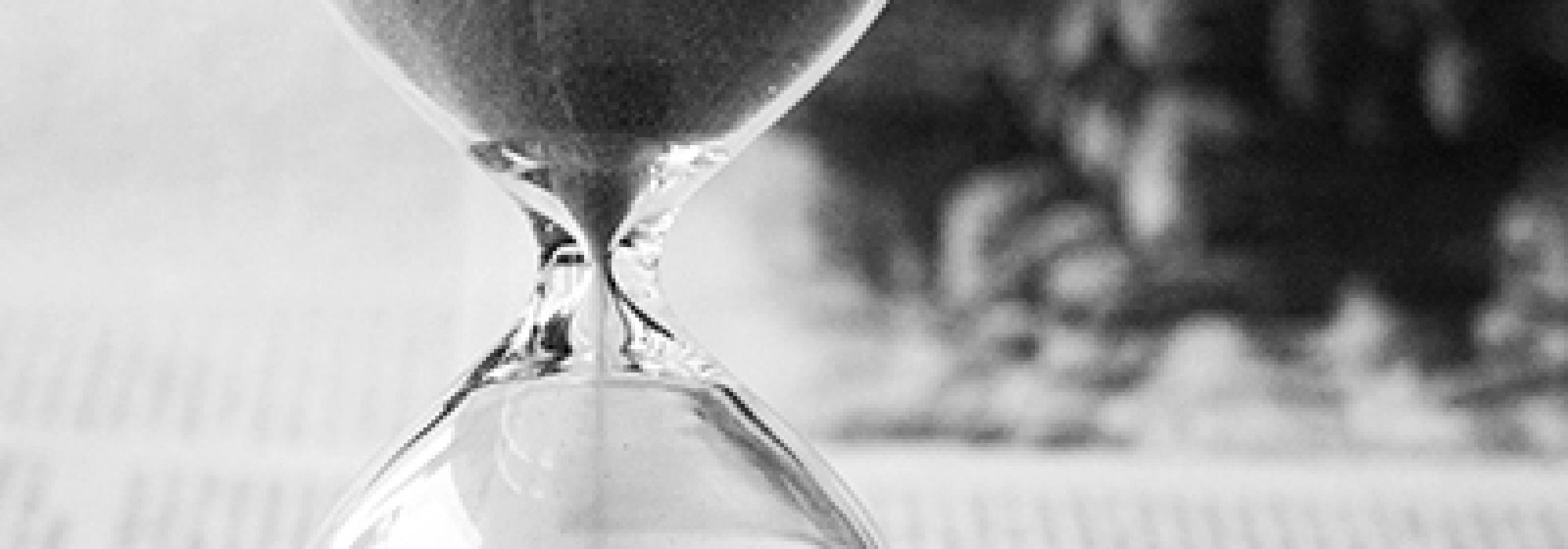

A protocol for looking closely at content, considering perspectives and representation, and then redesigning or reimagining that content from one's own perspective. Try out the accompanying Learner Workbook!

The practice of mapping allows learners to build and demonstrate their understanding of the parts, people, and interactions that comprise a given system.

This thinking routine helps learners slow down and make careful, detailed observations by encouraging them to look beyond the obvious features of an object or system. This thinking routine helps stimulate curiosity, raises questions, and surfaces areas for further inquiry.

"Agency by Design: Empowering Young People to Shape their Worlds" explores the ways in which educators can develop teaching strategies that support student agency through maker-centered learning experiences.
Video by Alex Coppola

Esta rutina de pensamiento ayuda a los estudiantes a ir lentamente y observar de cerca un sistema.

This thinking routine helps learners slow down and look closely at a system. In doing so, young people are able to situate objects within systems and recognize the various people who participate—directly or indirectly—within a particular system.
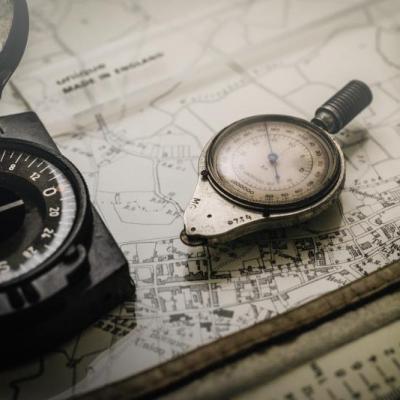
Essa rotina de pensamento ajuda os estudantes a desacelerar e a olhar atentamente para um sistema. Ao fazer isso, os jovens são capazes de situar objetos dentro de sistemas e reconhecer as várias pessoas que participam – direta ou indiretamente – de determinado sistema.

PROTOCOLO PARA ANALIZAR DE FORMA CRÍTICA UN CONTENIDO, CONSIDERANDO DIFERENTES PERSPECTIVAS Y REPRESENTACIÓN, PARA DESPUÉS REDISEÑAR O REIMAGINAR ESE CONTENIDO DESDE UNA PERSPECTIVA PROPIA.